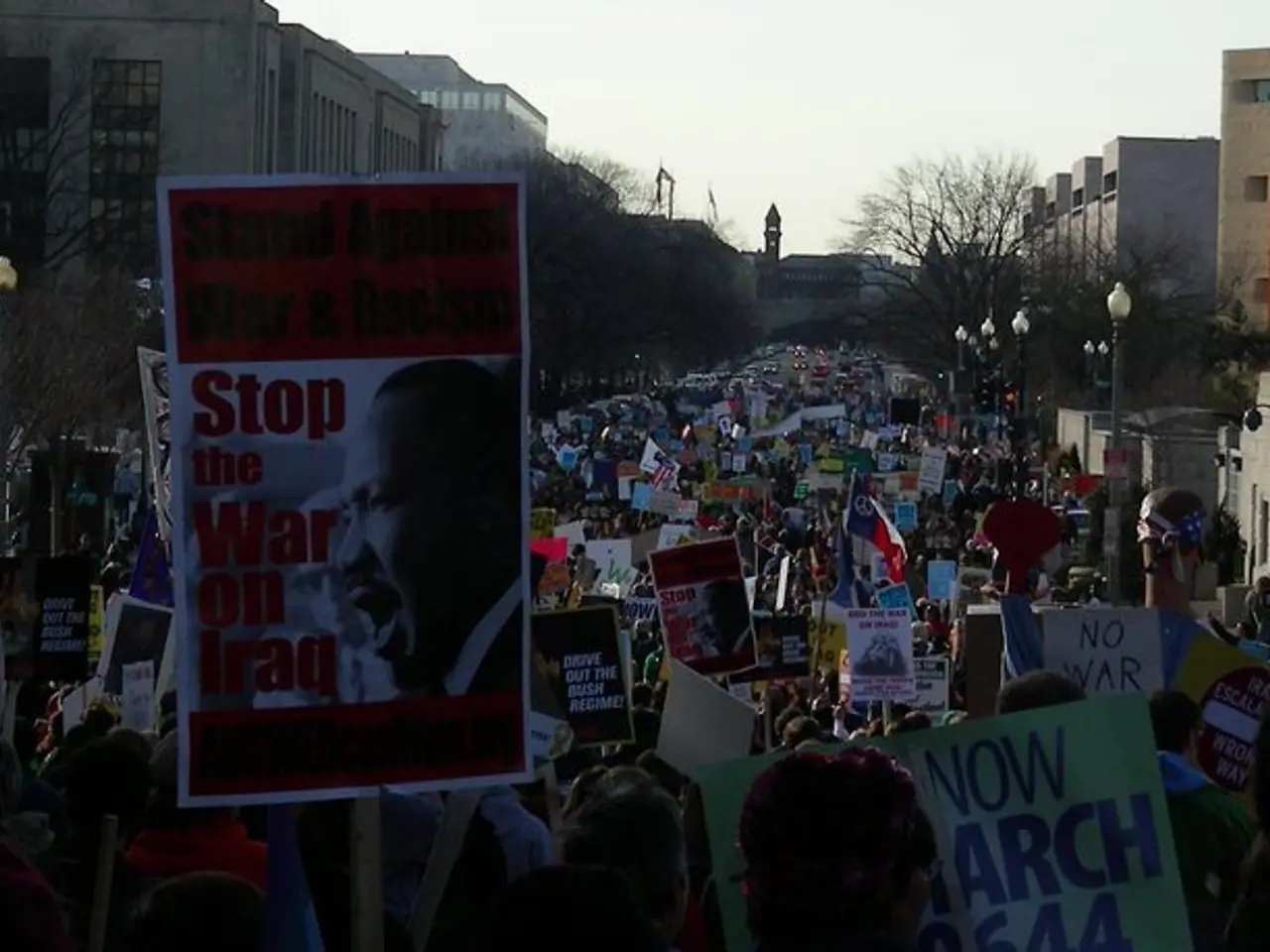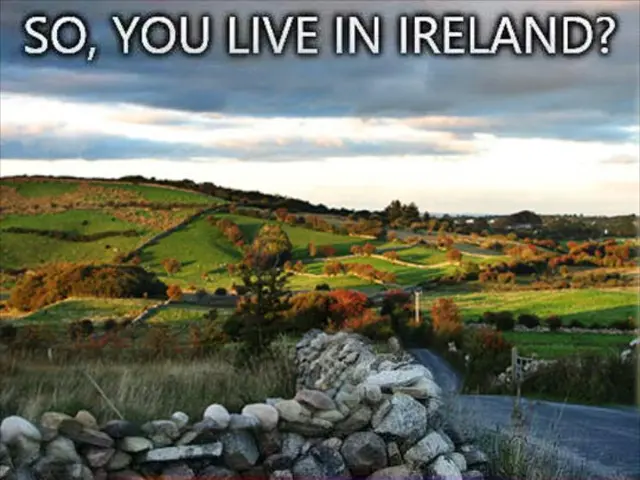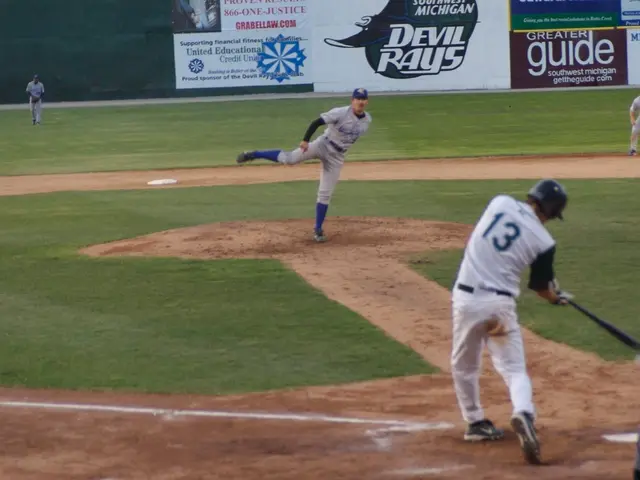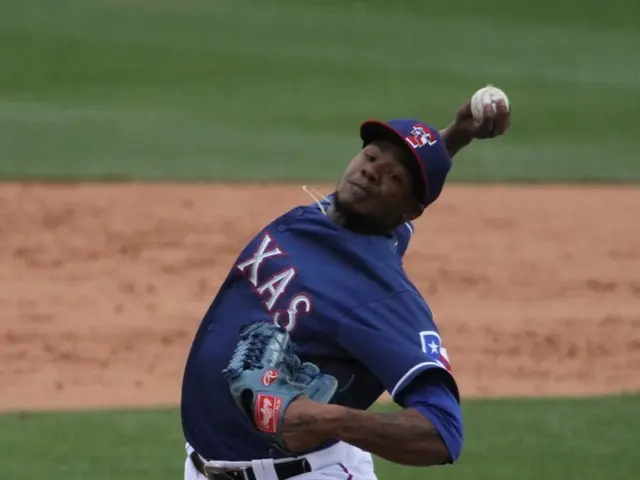Violent demonstrations against the government inSerbia, met with a police response - Violent Confrontations and Police Intervention in Anti-Authority Protests Across Serbia
In the heart of Serbia, the ongoing protests against the government and corruption have taken a dramatic turn, marked by significant clashes between protesters and police forces, increased police deployment, and direct involvement and criticism from President Aleksandar Vučić.
Clashes and Police Deployment
Since mid-August 2025, the protests have escalated into violent confrontations, notably in Belgrade, where riot police have used tear gas and batons against anti-government protesters. Armored vehicles have been deployed in parts of the capital amid ongoing unrest. The clashes involve protesters opposing Vučić and loyalists supporting the current government, resulting in dozens of injuries and arrests. Videos and reports indicate police brutality, including baton beatings and boots kicking protesters, especially targeting women and young people [1].
Involvement of Aleksandar Vučić and Novi Sad
The protests, initially peaceful for about nine months, turned violent following provocations allegedly involving hooligans sent by the government. On August 14, demonstrators vandalized property belonging to Vučić’s Serbian Progressive Party (SNS) in Novi Sad, the second-largest city in Serbia. Vučić condemned the violence and warned of possibly declaring a state of emergency. He accused protesters of attempting to "burn alive" his supporters during the Novi Sad clashes. The government reported that 42 police officers were injured and 37 demonstrators arrested nationwide during these incidents, framing the situation as an attack on the state rather than peaceful demonstrations [2].
Wider Implications
These events reflect a deepening political crisis in Serbia with rising violence, heavy police response, and heightened rhetoric from the president against the protest movement [1][2]. President Vučić has described the protests as being orchestrated from abroad. Protests against the SNS led by Vučić took place in multiple locations across the country, including in front of local party headquarters.
The protests, initially sparked by the collapse of a railway station canopy in Novi Sad on November 1, 2024, which resulted in the deaths of 16 people, have been ongoing for several months. The main station of Serbia's second-largest city had only been fully operational since July 2024 after a three-year renovation. The protests later expanded to target the government and corruption in the country.
Supporters of both sides exchanged insults and objects during the protests in Belgrade. Clashes occurred in front of the SNS party office in Vrbas, involving masked men and protesters. The largest demonstration so far saw around 300,000 people participate, which occurred in mid-March. Footage shows stones, bottles, and fireworks being thrown during the clashes.
In a significant development, Prime Minister Milos Vucevic resigned due to the ongoing protests, although it remains uncertain whether this will lead to a resolution of the political crisis in Serbia.
[1] BBC News. (2025, August 20). Serbia protests: Clashes in Belgrade as violence escalates. BBC. https://www.bbc.com/news/world-europe-57980944
[2] Deutsche Welle. (2025, August 15). Serbia: Protesters clash with police amid heightened tensions. DW. https://www.dw.com/en/serbia-protesters-clash-with-police-amid-heightened-tensions/a-61108684
- The escalating violence between protesters and police forces in Serbia, as seen in Belgrade, raises questions about the community policy and employment policy within the police force, specifically addressing the use of force and crowd management.
- The political crisis in Serbia, stemming from ongoing protests against the government and corruption, has led to increased attention in general-news and crime-and-justice segments, with focus on the president's role and the legitimacy of the protests in light of allegations of foreign involvement.








